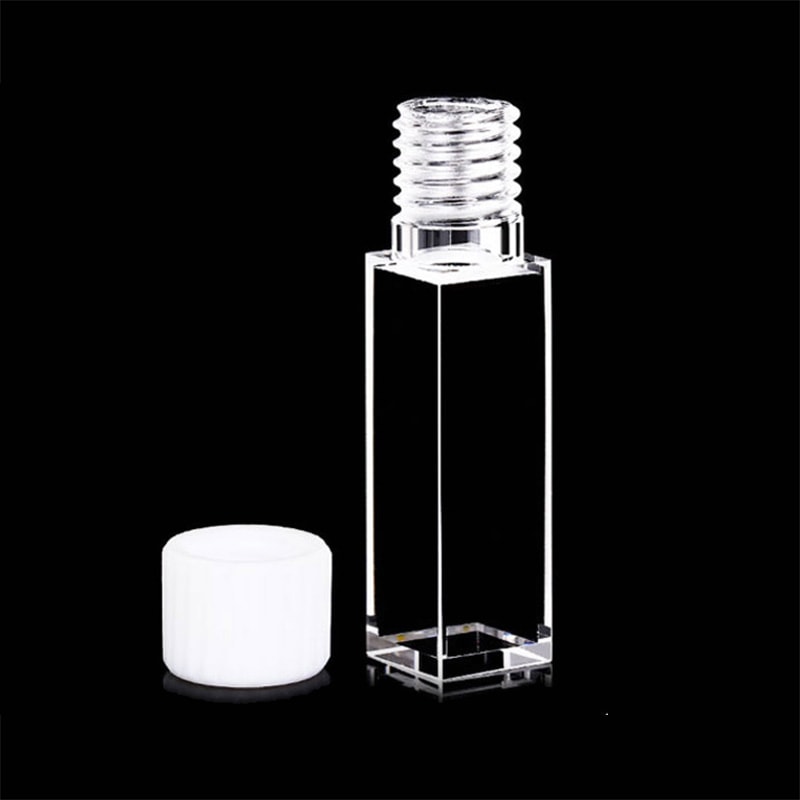Choosing the Correct Cuvette Size for Optimum Results
Choosing the Correct Cuvette Size for Optimum Results
Blog Article

The Advantages of Cuvettes and Quartz Vials in Scientific Research
In clinical research, the reliability and consistency of proportions are paramount, particularly in fields like spectroscopy, chemical evaluation, and biology. One important ingredient that assures detail in these reports could be the cuvette, especially quartz vials. Understanding the advantages of cuvettes and the features of applying quartz vials may significantly affect the outcome of studies and lab work.
Precision in Spectroscopy
Cuvettes are essential for keeping fluid samples in several systematic instruments, most notably spectrophotometers. They gauge the absorbance or indication of mild through an example, and the cuvette provides as the pot for the trial throughout analysis. The measurement and substance of the cuvette perform an essential position in ensuring the accuracy of the measurements. Quartz vials, specifically, offer exemplary optical clarity, enabling appropriate light transmission across a wide selection of wavelengths, including uv (UV) light. This makes quartz vials a great choice for spectroscopic tests, wherever detail is critical.
Longevity and Compound Resistance
Quartz vials stand out due to their durability and weight to hard chemicals. Unlike plastic cuvettes, quartz vials are less inclined to degrade or respond with compounds in the trial, ensuring that the results of the experiment stay unaffected by possible contamination. That quality makes quartz vials particularly helpful in situations wherever extreme solvents or high temperatures are involved. Their capability to withstand severe situations without diminishing the strength of the test is one of the principal causes they're favored in several lab applications.
Precision in Size and Shape
The size of a cuvette is not just a one-size-fits-all situation. The aspect of the cuvette, such as for example its path period, influences the quantity of the sample and the total amount of gentle that goes through. Choosing the right cuvette measurement for the precise experiment guarantees that the answers are maybe not skewed as a result of under or over-concentration of the sample. Quartz vials come in a variety of styles and forms, letting scientists to pick the most correct option based on the requirements of the experiment. That flexibility plays a part in more exact data and allows for better get a handle on around fresh conditions.
Openness and Mild Sign
Quartz is noted for their outstanding openness, particularly in the uv (UV) and visible mild spectra. This makes quartz vials ideal for use in instruments that need clear visual paths, such as for instance UV-Vis spectrophotometers. The superior gentle transmission homes of quartz make certain that the gentle moves through the sample with minimal spreading or absorption, leading to more precise readings. For studies that need large precision, quartz vials give a distinct gain around other materials.
Long-Term Consistency
When in research labs, it is essential to have trusted methods that keep their integrity around time. Quartz vials are not only chemically tolerant but additionally extremely tough, meaning they are less likely to experience use and tear. That long-term reliability ensures that researchers can use quartz vials for prolonged times without worrying about degradation or the necessity for regular replacements, causing cost-effectiveness in the extended run.
To conclude, equally cuvettes and quartz vials offer a range of benefits that increase the product quality and reliability of laboratory experiments. From their superior optical clarity for their chemical opposition and longevity, these methods are fundamental in medical research. By selecting the best cuvette measurement and utilizing quartz vials, analysts can guarantee accurate proportions and obtain more reliable effects within their studies. Report this page